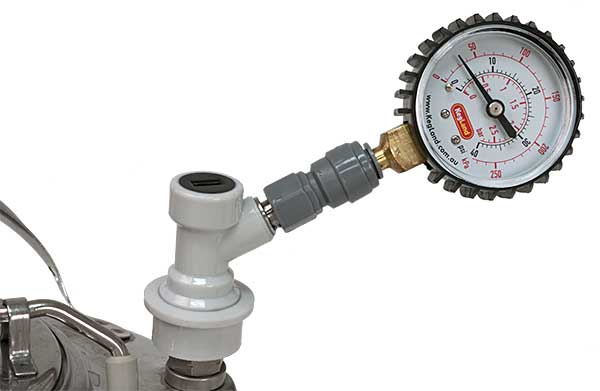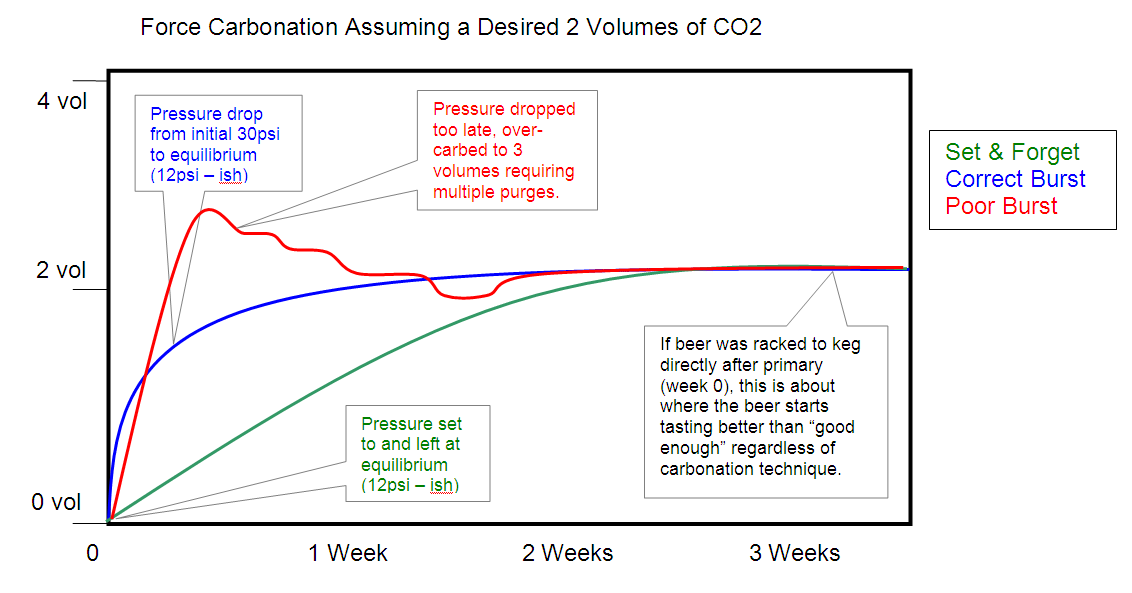cgpeltier
Member
- Joined
- Jul 22, 2014
- Messages
- 10
- Reaction score
- 0
I'm kegging my beer for the first time and have questions about switching from force carbing at room to fridge temp.
After racking my beer and venting to remove oxygen, I set my regulator to 30psi at room temp (72) for ~36 hours. I'm hoping to get about 2.3-2.4 vol CO2.
If I disconnect the keg from CO2 and put the keg in the fridge, is there any way to estimate the dissolved CO2 after it chills (i.e., can I hook it up to the regulator and get a reading?)? If I want to finish force carbing in the fridge (now that I've cleared out fridge space), can I set it to a lower PSI and still not get overcarbonated beer?
Any advice would be great.
After racking my beer and venting to remove oxygen, I set my regulator to 30psi at room temp (72) for ~36 hours. I'm hoping to get about 2.3-2.4 vol CO2.
If I disconnect the keg from CO2 and put the keg in the fridge, is there any way to estimate the dissolved CO2 after it chills (i.e., can I hook it up to the regulator and get a reading?)? If I want to finish force carbing in the fridge (now that I've cleared out fridge space), can I set it to a lower PSI and still not get overcarbonated beer?
Any advice would be great.






